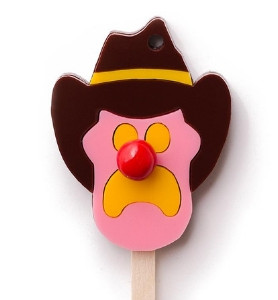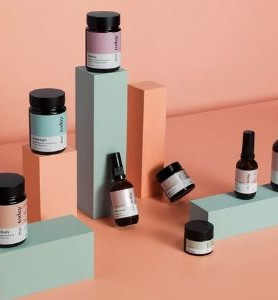A Beginner’s Guide to New Zealand wine
Wine, whether red or white, sweet or dry, is an international love language enjoyed by the masses, accompanying our dinners or simply just there to help us wind down (the feeling is mutual). When it comes to navigating the endless varietals of wine, this becomes a language in itself and can become fairly tricky if you’re not too sure what you’re looking out for. The Remix Team have outlined a beginner's guide to New Zealand wine so that you can prep for your next evening tipple and achieve self-proclaimed sommelier status.
Types of Wine
It’s standard practice to ask yourself whether it's a Pinot Gris or Pinot Noir kind of night, however, the varietals don’t end at white or red. There are now over 10,000 wine grape varieties in the world but don’t fret, we’re just going to focus on the main five.
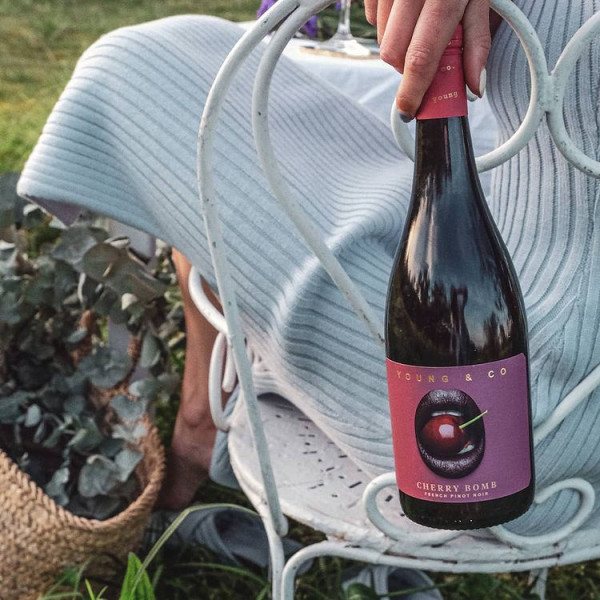
Via @youngandcowines_nz
Red Wine
Undoubtedly the most popular wine type is the oh-so-glorious Red, one of New Zealand’s most prized productions. In NZ specifically, you will hear connoisseurs describing red wine as oaky, peppery, or leathery, and can even give you hints of chocolate or mushroom. These descriptions stem from the tannin content of the wine, which are substances extracted from the grape skins, seeds, stems and the oak barrel that create that familiar drying, rubbing sensation on your tongue.
If it’s a hot summer's day and you’re not feeling a bold glass of red, you can opt for a Pinot Noir Blanc; a white wine made from a dark-skinned grape and served chilled. Notes from a Pinot Noir Blanc can range from stone fruits to brioche, and it’s our personal favourite in the Remix office.
New Zealand varietals to look out for include Central Otago Pinot Noirs and Pinot Noir Blancs or Auckland/North Island Syrahs.
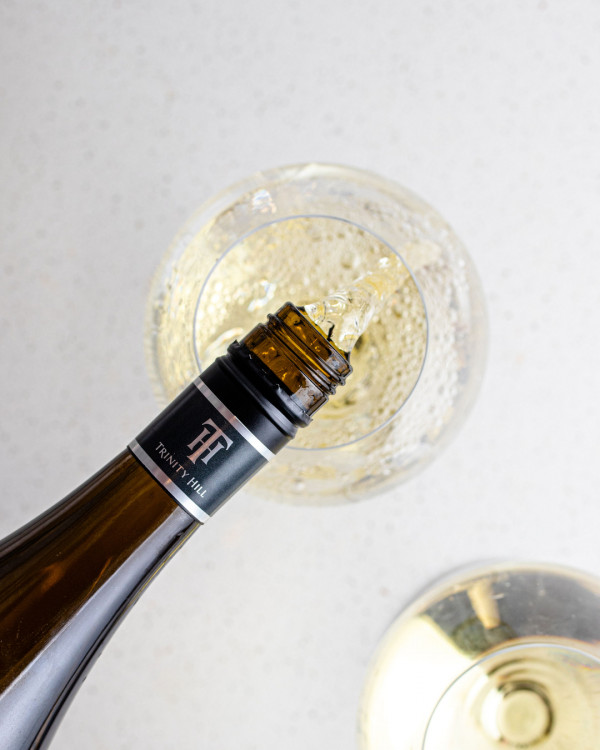
Via @trinityhillwines
Sparkling Wine
The creme de la creme of summery tipples is a sparkling wine. NZ in particular produces beautiful, high-quality sparkling wines by meshing traditional sparkling winemaking techniques with the cool yet sunny climates.
The main varietals of sparkling wine in New Zealand include Méthode Traditionnelle, stemming from the classic Pinot Noir or Chardonnay, but also a sparkling Sauvignon Blanc or Rosé.
Top regions to find sparkling wine from include Central Otago, Gisborne, and Marlborough.
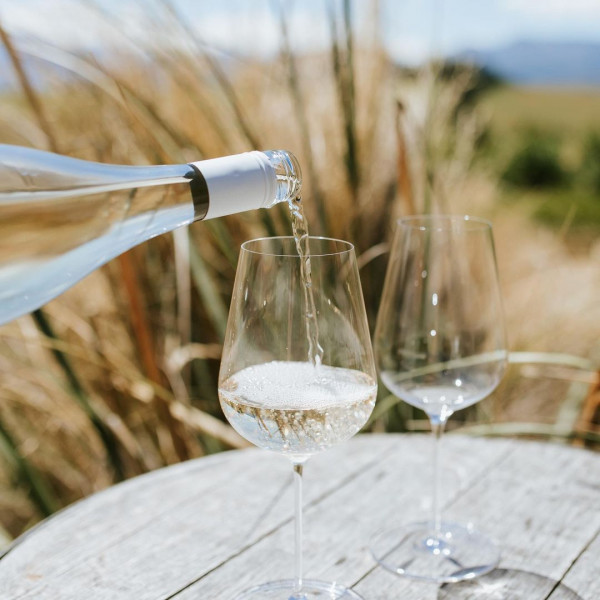
Via @akitu_wine
White Wine
The highly-coveted white wine is a crowd-pleaser, and a great accompaniment for a day in the sun or to pair with a charcuterie board or a seafood dish. White wine offers complexity through acidity and aroma and can be described as “tart” or “crisp,” offering predominantly fruity and citrusy notes, which also makes this grape a perfect starting point when familiarising yourself with the world of wine.
New Zealand varietals to look out for include a Hawke’s Bay Pinot Gris or a Malborough Sauvignon Blanc.
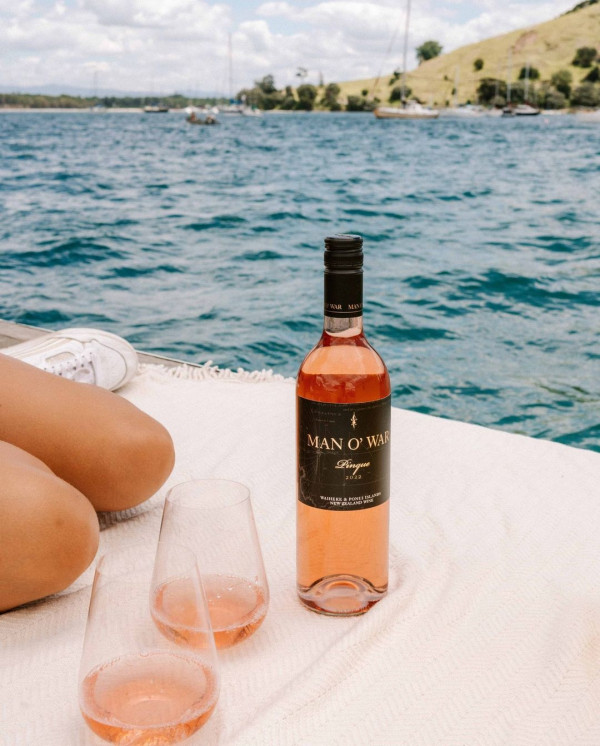
Via @manowarwine
Rosé
Imagine strawberries on a summer's evening in a bottle when you think of Rosé. This well known wine genre is produced similarly to red wine but the fermentation process with the skin on is shorter, resulting in its signature pink colour. In New Zealand, our rosé is predominantly produced in Central Otago, made with Pinot Noir grapes but delivers a softer, lighter drink with a relatively low tannin content.
This rosy glass of happiness can offer notes of berries, watermelon, sweet citrus and sometimes herbs, and can be both still or sparkling or a little in between. A great partner for your picnics or lounging on the beach.
New Zealand varietals to look out for include a Bannockburn-based dry-style Rosé or a sweeter, more robust and spicey Rosé from the Hawke’s Bay region.
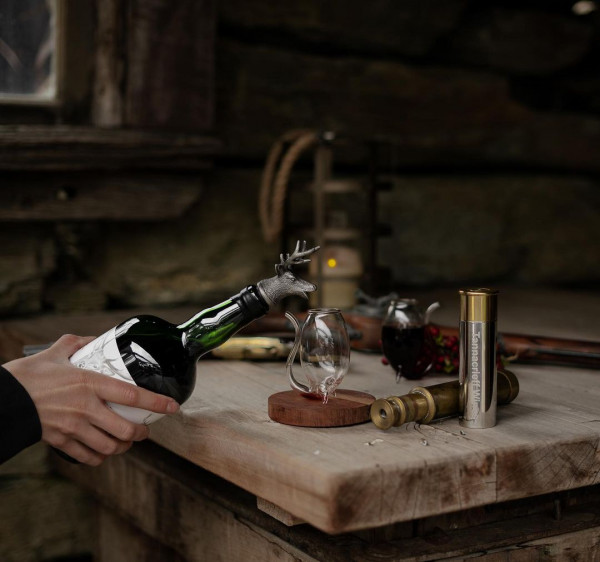
Via @tannacrieffwines
Dessert Wine
True to its name, dessert wine is traditionally sipped alongside your dessert or even a cheeseboard. With a high residual sugar content, it’ll be a much sweeter glass than your average red or white, but it also packs a strong punch as it has a higher alcohol content. Well-known wines that fall under this category include Port and Sherry. Other notable varietals can include Gewürtztraminer, Riesling and Chenin Blanc, which are also known as aromatics.
Look out for these varietals produced in the Marlborough, Hawke’s Bay, Gisborne and Central Otago regions.
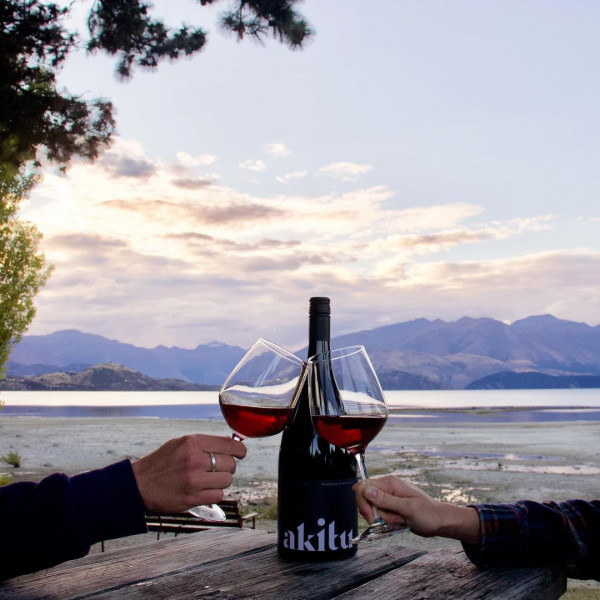
At the end of the day, wine does not discriminate, so one of the best ways to learn the way of wine is to get hands-on. Implementing the process of elimination by trialling different bottles and figuring out what you like and what you don’t like not only will help familiarise yourself with different grapes and varietals but also allow you to drink a glass or three, and who ever said that was a bad thing?



